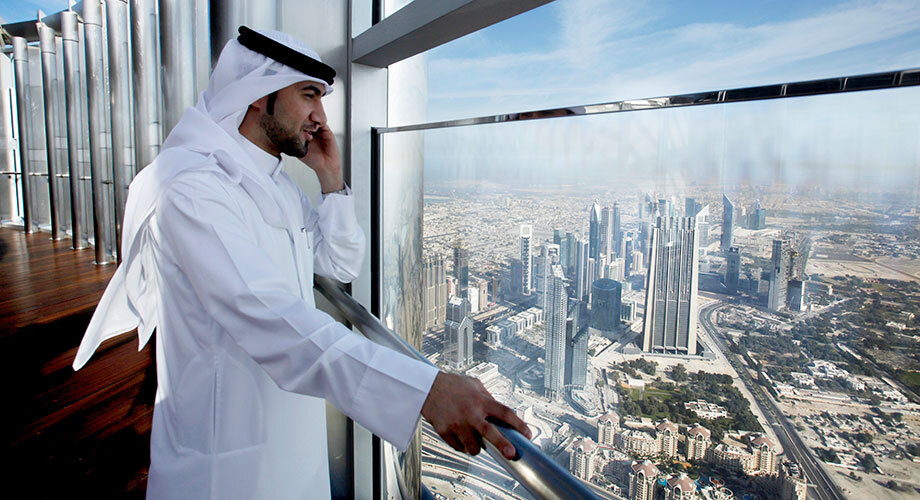Smart Robots The Future of Factory Floors
The Rise of Collaborative Robots (Cobots)
Factory floors are undergoing a significant transformation, driven by the integration of smart robots. No longer are we talking about the large, caged, isolated robots of the past. Today’s smart robots, particularly collaborative robots or cobots, are designed to work alongside human employees, enhancing productivity and safety. Cobots are smaller, more adaptable, and easier to program than their predecessors. Their ability to perform repetitive tasks with precision frees up human workers to focus on more complex and creative aspects of the manufacturing process, leading to a more efficient and fulfilling work environment.
Advanced Sensors
The Future of Factories Smart Networks in Action
The Rise of the Connected Factory
The modern factory floor is undergoing a dramatic transformation, evolving from a collection of isolated machines into a highly interconnected ecosystem. This shift is driven by the convergence of several powerful technological trends, including the Internet of Things (IoT), cloud computing, big data analytics, and artificial intelligence (AI). These technologies are working together to create smart factories, where machines communicate with each other, processes are optimized in real-time, and data drives decision-making at every level.
The Internet of Things: The Nervous System of the Smart Factory
At the heart of the smart factory lies
Smart Factories The Future of Quality Control
The Rise of Data-Driven Quality Control
Smart factories are rapidly transforming how manufacturers approach quality control. Gone are the days of relying solely on manual inspections and sporadic testing. The integration of advanced technologies like sensors, machine learning algorithms, and real-time data analytics empowers a proactive, data-driven approach to quality assurance. This shift allows for the identification of potential defects much earlier in the production process, reducing waste, rework, and ultimately, improving the bottom line. The sheer volume of data generated within a smart factory provides unparalleled insights into every stage of production, revealing trends and patterns that would be
Smart Factories The Future of Industrial Control
What is a Smart Factory?
Imagine a factory where machines communicate with each other, predict their own maintenance needs, and adjust production based on real-time data. That’s a smart factory. It’s not just about automation; it’s about interconnectedness, intelligence, and optimization. Every aspect, from raw materials to finished products, is monitored and controlled by a sophisticated network of sensors, software, and algorithms. This network allows for unprecedented levels of efficiency, flexibility, and responsiveness to market demands.
The Role of Industrial Control Systems (ICS) in Smart Factories
Industrial Control Systems (ICS) are the nervous system of a smart factory. These systems
The Future of Factories Smart Robots at Work
The Rise of Collaborative Robots (Cobots)
The factory floor is undergoing a dramatic transformation, driven by the increasing adoption of smart robots. Gone are the days of hulking, isolated machines performing repetitive tasks. The future belongs to collaborative robots, or cobots, designed to work safely and effectively alongside human workers. These robots are smaller, more agile, and equipped with advanced sensors and AI that allow them to adapt to changing environments and collaborate seamlessly with their human counterparts. This collaborative approach leverages the strengths of both humans and robots, with humans handling tasks requiring creativity, problem-solving, and complex decision-making, while
The Future of Industrial Control Meet the New Platform
The Shifting Landscape of Industrial Control
For decades, industrial control systems (ICS) have relied on a patchwork of proprietary hardware and software, creating silos of information and hindering efficient operations. This fragmented approach has made it challenging to implement advanced technologies like AI and machine learning, limiting opportunities for optimization and innovation. The increasing complexity of modern industrial processes, coupled with the growing demand for data-driven decision-making, necessitates a fundamental shift towards more integrated and flexible platforms.
Enter the New Platform: A Unified Approach
The future of industrial control lies in the emergence of unified platforms that seamlessly integrate various
Smarter Inspections The Future of Quality Control
The Rise of Data-Driven Quality Control
For years, quality control in manufacturing and construction relied heavily on manual inspections. Think of inspectors meticulously checking each component, relying on their experience and a checklist. This method, while functional, is inherently slow, prone to human error, and struggles to scale effectively with increasing production volumes or project complexity. Enter smarter inspections: a paradigm shift leveraging technology to improve accuracy, efficiency, and overall quality. This involves integrating various technologies such as AI, machine learning, and advanced sensors to automate and enhance the inspection process, resulting in faster turnaround times and more consistent results.











